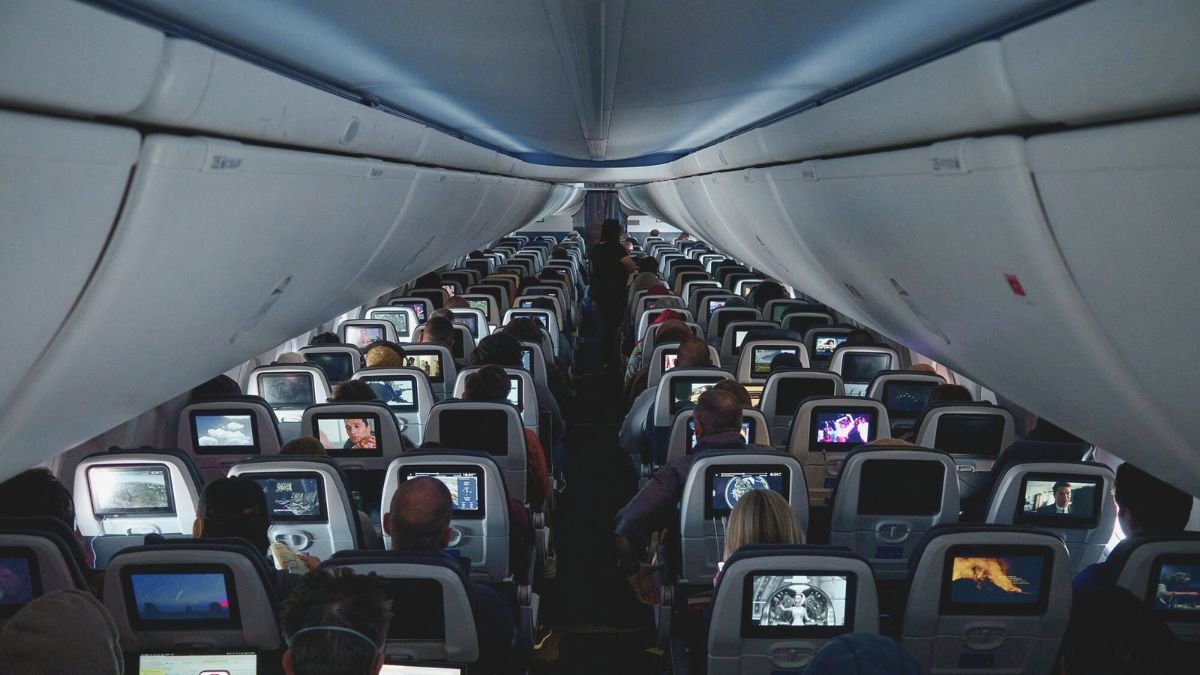Boeing Faces New Lawsuit from Flight Attendants as Safety Crisis Deepens for Investors
August 3, 2025 – Boeing (NYSE:BA) is facing fresh legal challenges as four flight attendants from the Alaska Airlines 737 MAX 9 flight that suffered a mid-air cabin panel blowout are now suing the planemaker for physical and emotional trauma. The lawsuit adds another layer of pressure to the embattled company, which continues to grapple with the severe fallout from the January incident.

The separate lawsuits, filed Tuesday in Seattle’s King County Superior Court, accuse Boeing of negligence and a failure to ensure the safety of its aircraft. The flight attendants are seeking compensation for past and future economic damages, citing profound physical and mental injuries sustained during the harrowing event.
“Each of the four flight attendants acted courageously, following their training and putting their passengers’ safety first while fearing for their lives,” said Tracy Brammeier, the attorney representing the plaintiffs. “They deserve to be wholly compensated for this life-altering traumatic experience.”
Boeing has declined to comment on the new litigation.
This legal action is a direct consequence of a crisis that has engulfed Boeing for months. The incident, where a door plug panel blew off the fuselage shortly after takeoff, prompted the U.S. Justice Department to open a criminal investigation. The DOJ has since declared that Boeing is not in compliance with a 2021 deferred prosecution agreement related to two previous fatal 737 MAX crashes, exposing the company to potential criminal prosecution.
The National Transportation Safety Board (NTSB) has been sharply critical, citing Boeing’s failure to install four key bolts in the panel during production. In a scathing report last month, the board condemned the company’s safety culture and criticized the Federal Aviation Administration (FAA) for ineffective oversight.
The filings from the flight attendants echo these official findings, stating, “Boeing knew or should have known of the quality control issues present in its production of the 737 MAX line of aircraft.”
Should You Invest $2,000 in BA Right Now?
For investors, the constant stream of negative headlines, regulatory scrutiny, and legal battles has created a highly uncertain environment around Boeing stock. The decision to invest requires weighing the potential for a long-term recovery against significant and immediate risks. The following points are for informational purposes and should not be considered financial advice.
The Bull Case: Proponents of investing in Boeing point to its formidable market position. As one half of a global duopoly with Airbus, the company has an enormous backlog of orders that will take years to fulfill, suggesting long-term demand remains intact. An investment now could be seen as a “turnaround play,” betting that new management and intense regulatory oversight will eventually force the necessary cultural and production changes. If Boeing can successfully navigate this crisis, its currently depressed stock price could offer substantial upside for patient, risk-tolerant investors.
The Bear Case: The risks are profound and multifaceted. The open DOJ criminal investigation represents a massive legal and financial overhang, with potential fines and penalties yet to be determined. The constant lawsuits, like the one from the flight attendants, will add to legal costs and further tarnish the company’s reputation. The NTSB’s findings point to deep, systemic issues in Boeing’s safety culture and quality control that may be difficult and expensive to fix. Airlines may delay future orders, and passenger anxiety could impact demand for its aircraft, allowing competitor Airbus to gain further market share.
Ultimately, an investment in Boeing right now is a high-stakes wager on the company’s ability to fundamentally reform its practices while under intense scrutiny. The path to recovery will likely be long and turbulent, and potential investors must carefully consider if the potential rewards justify the considerable and ongoing risks.




